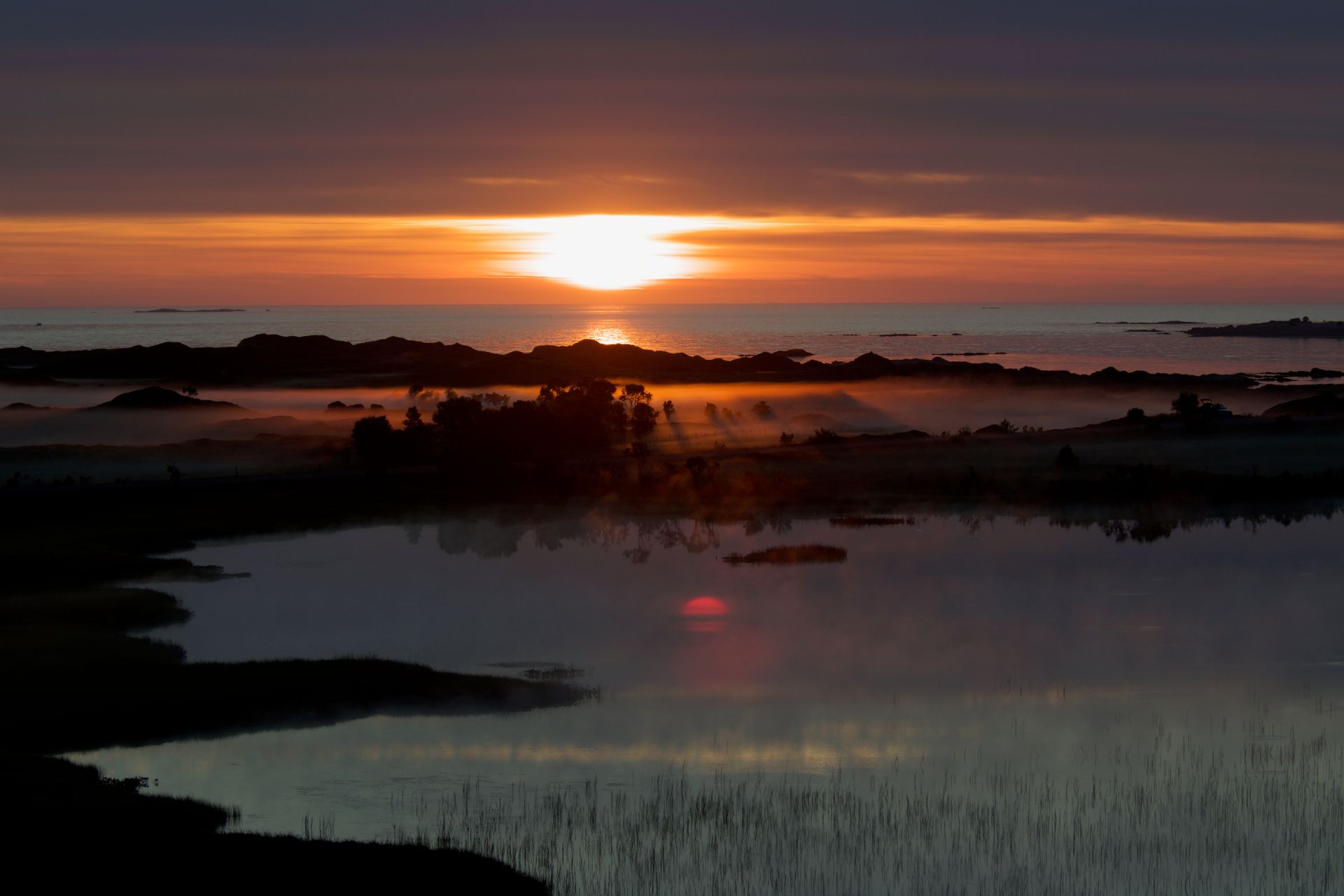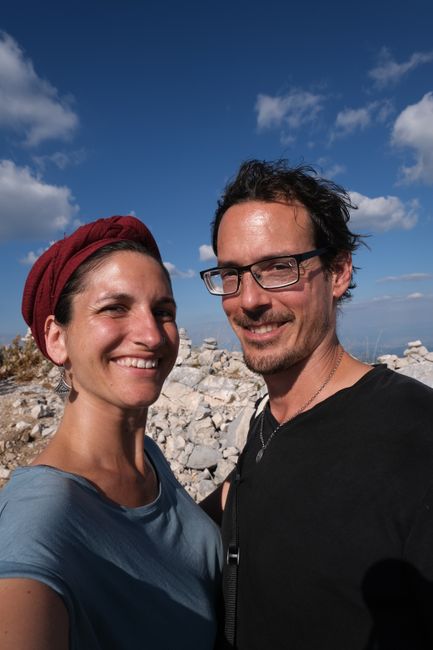Calakmul: World Heritage Site and friendly hosts
Wotae: 04.08.2021
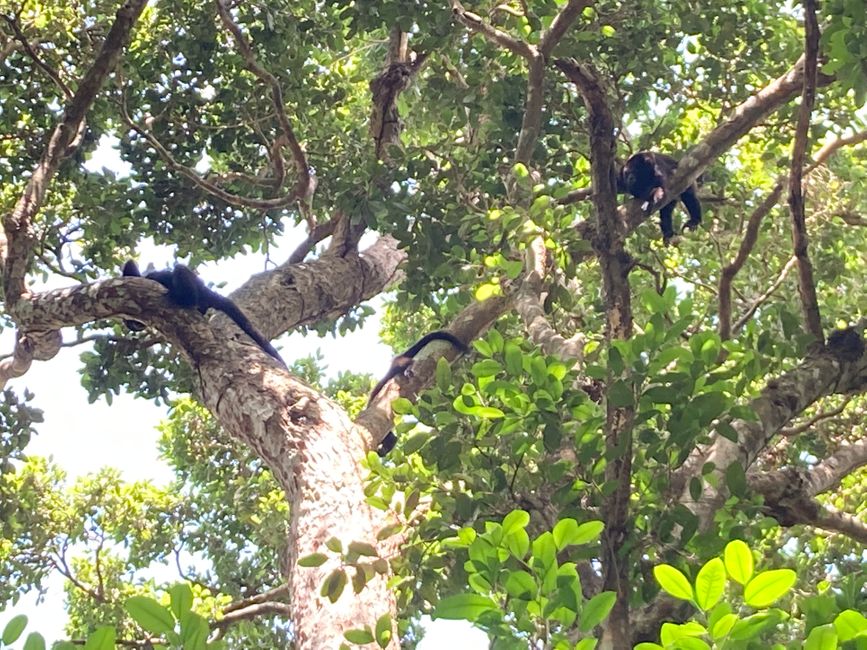
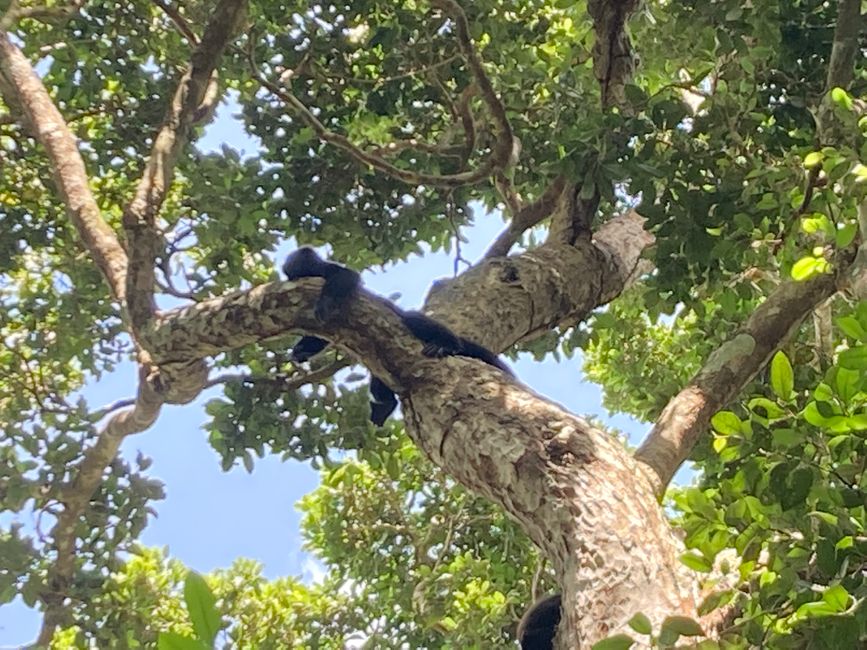
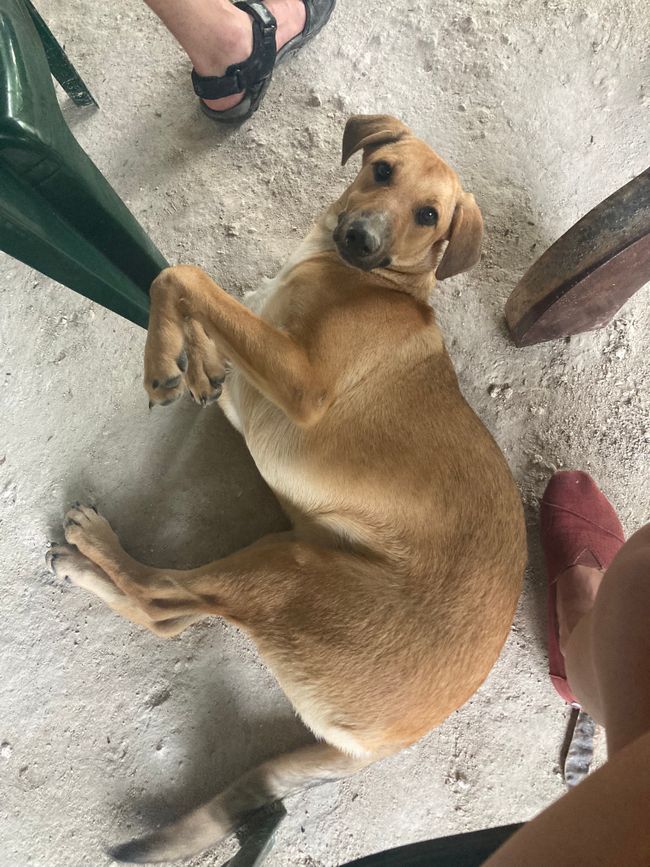
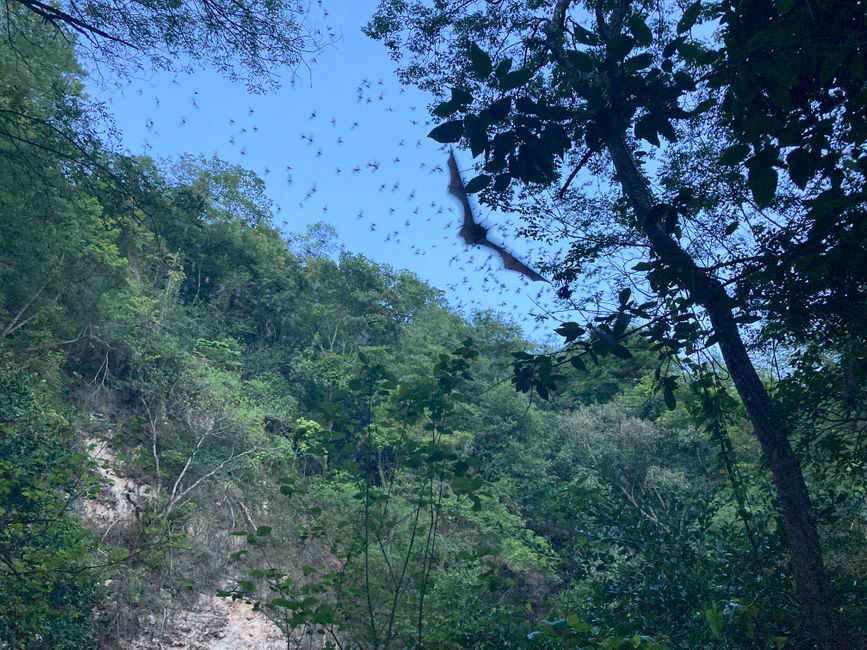
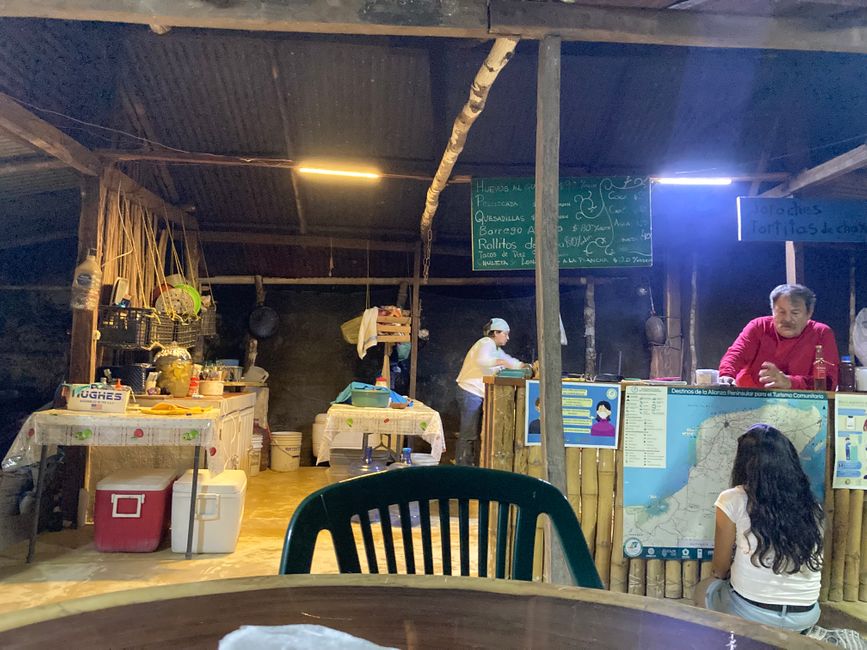
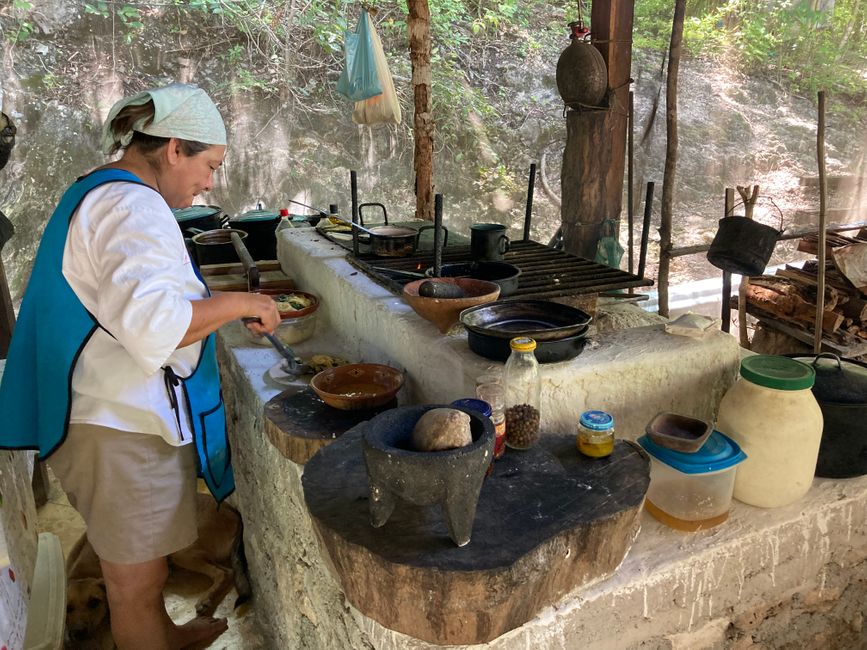
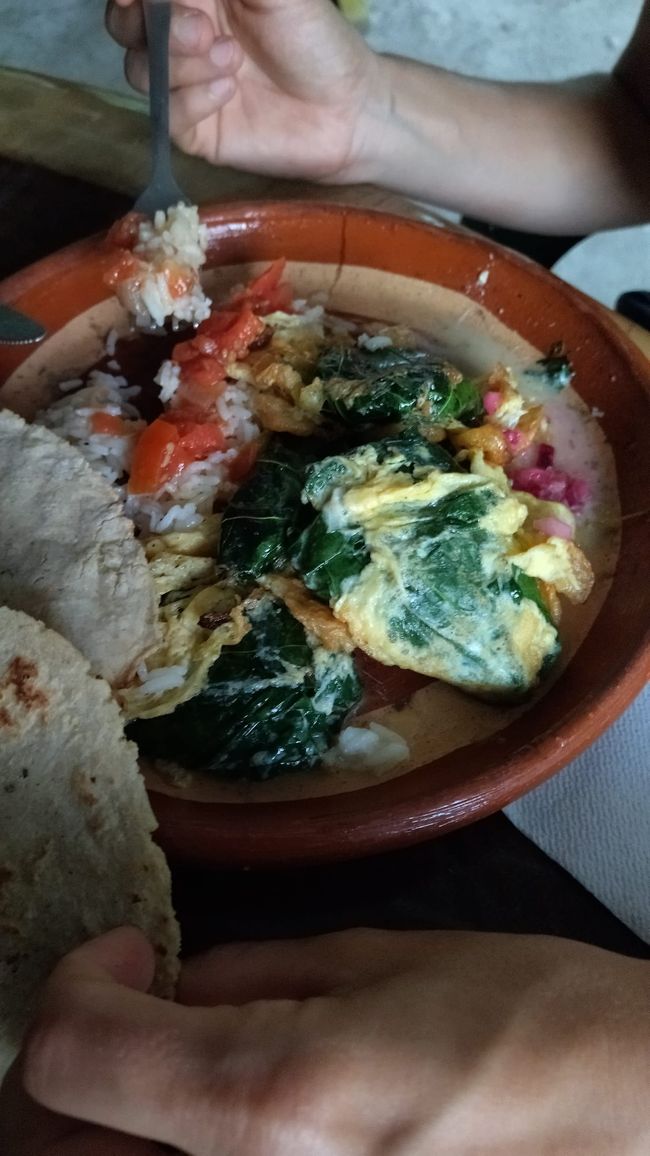
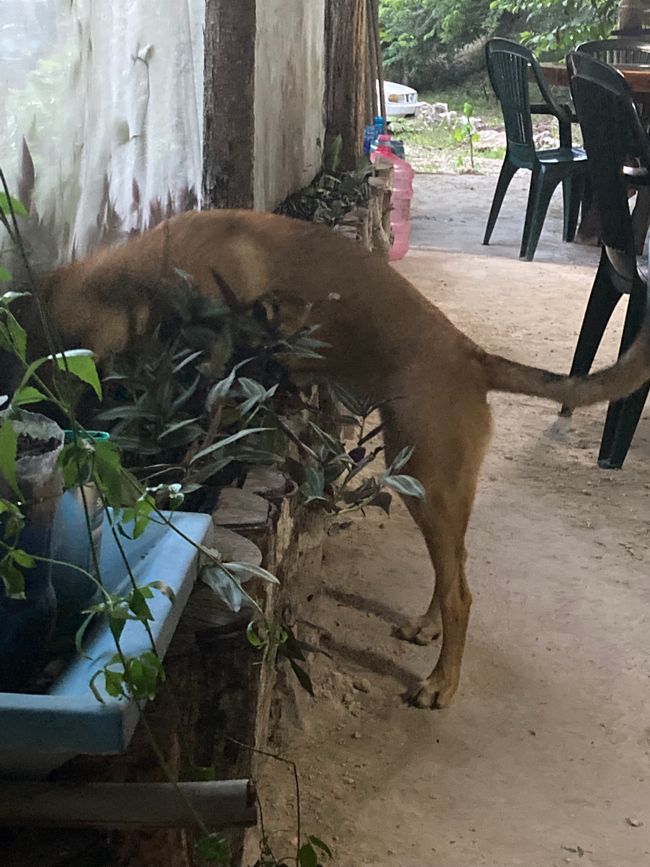
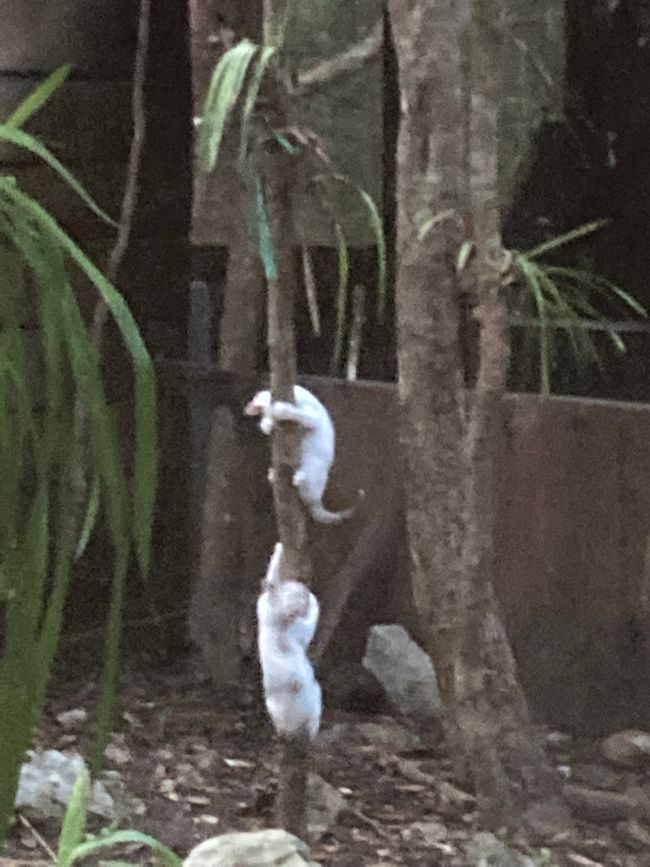
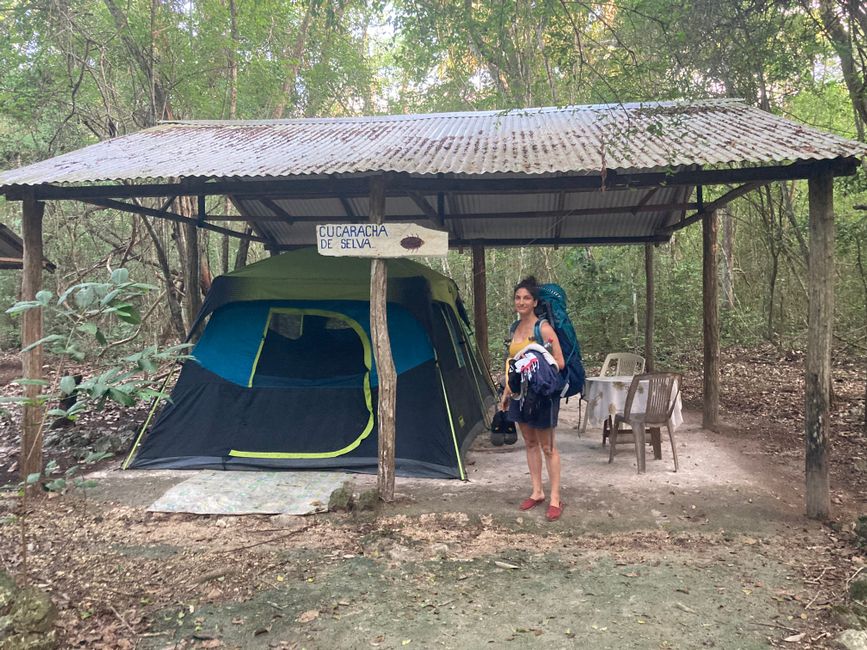
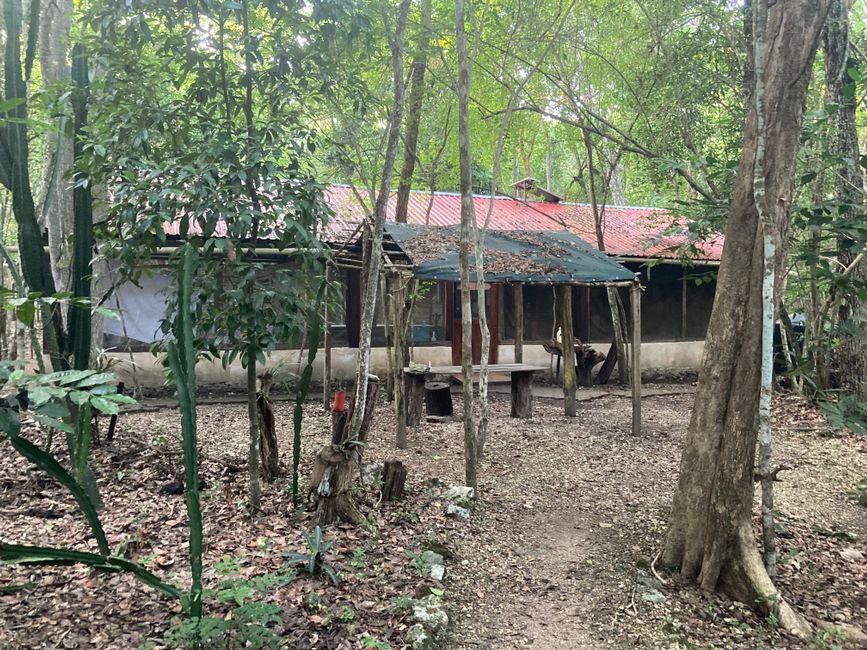
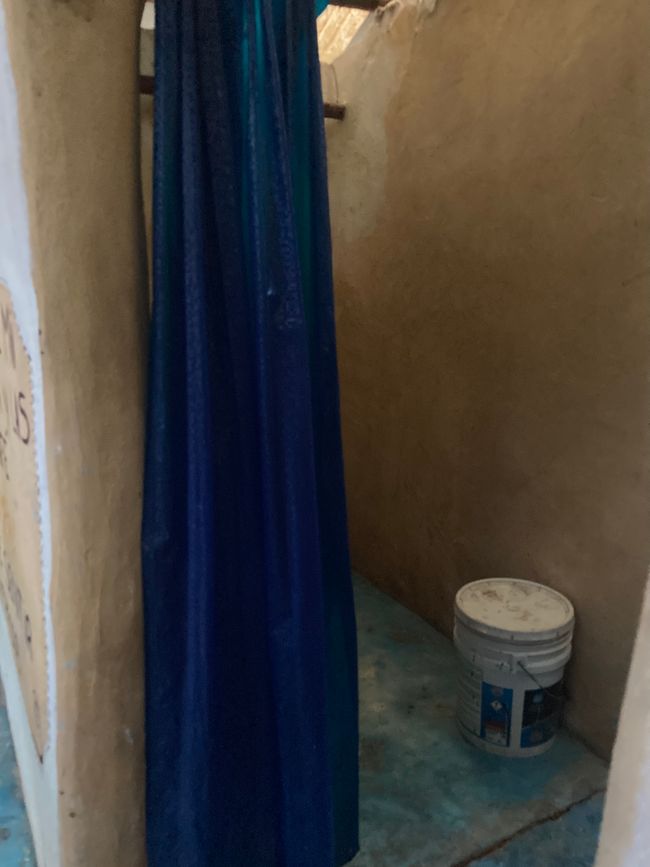
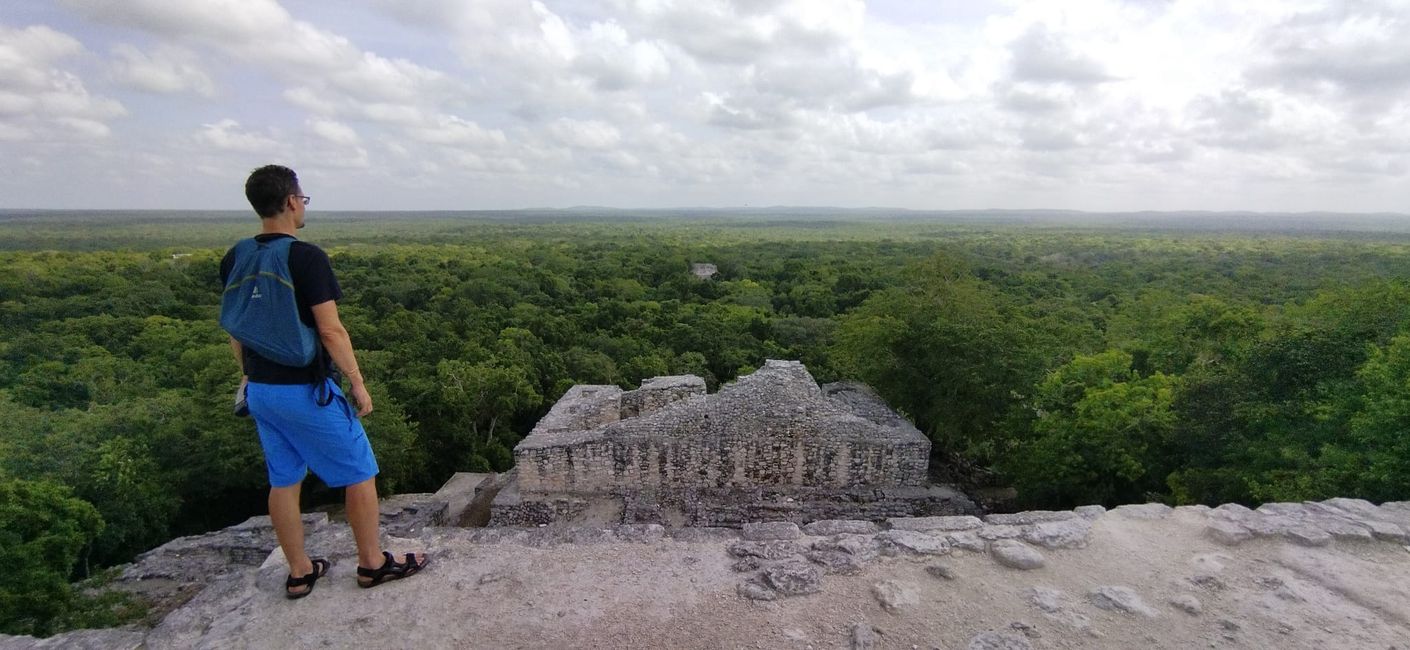
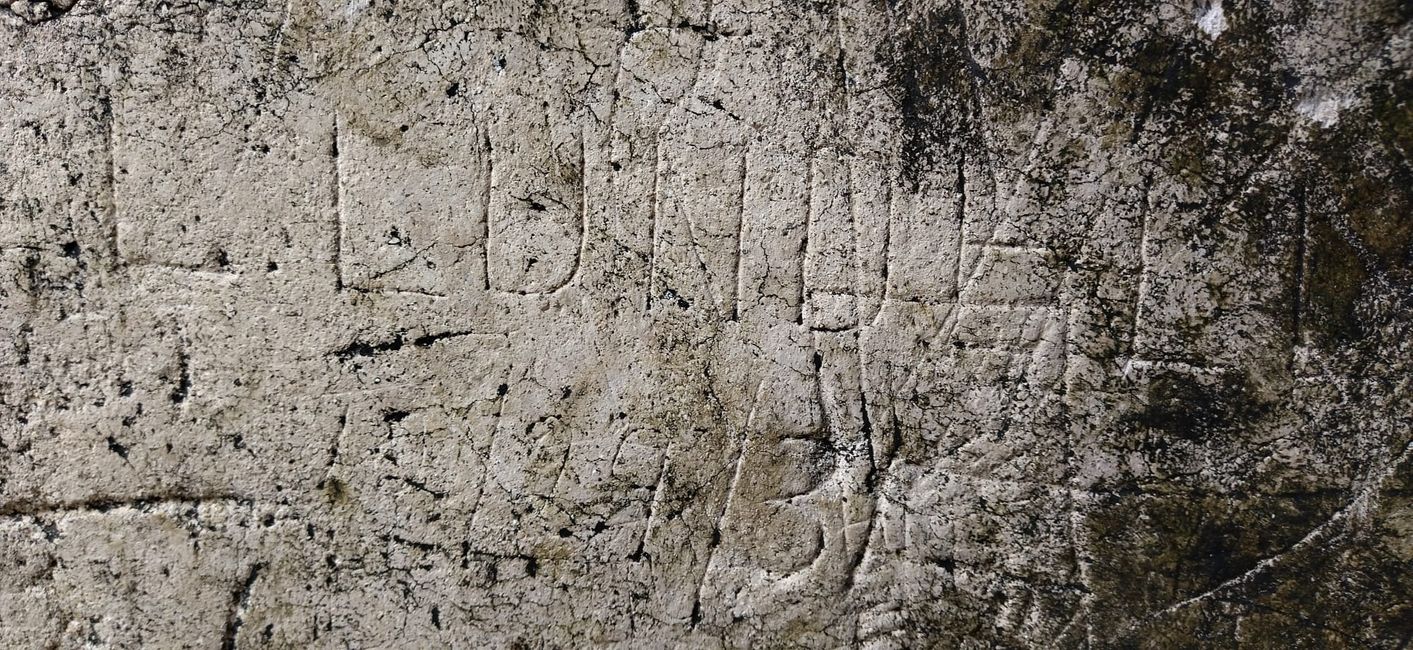
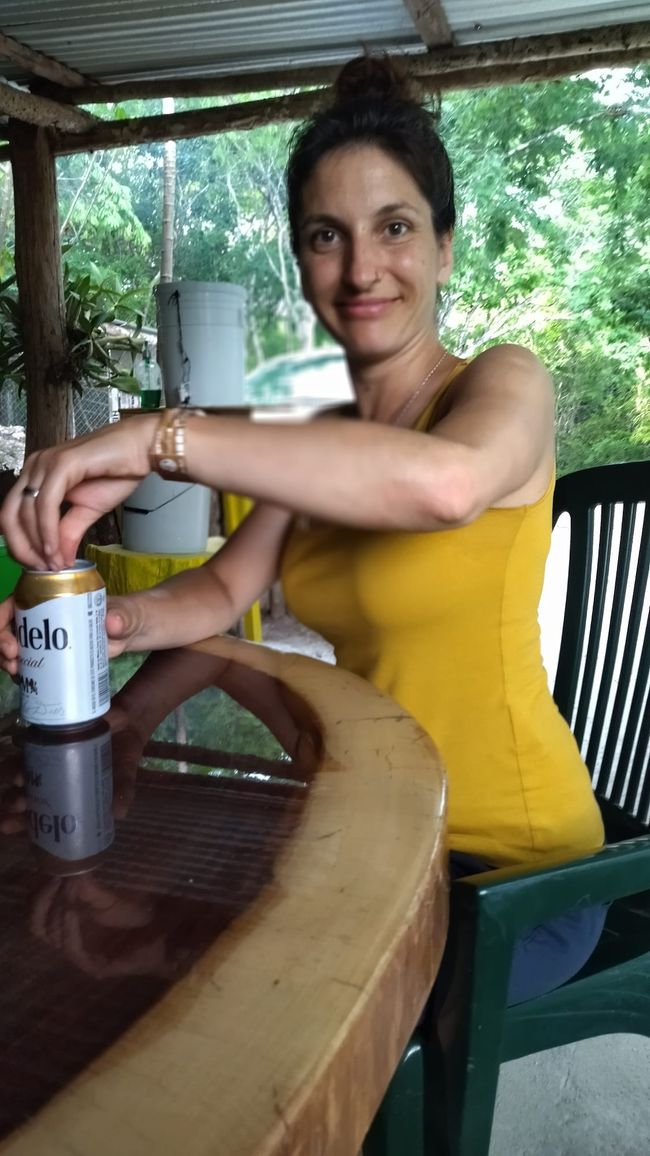
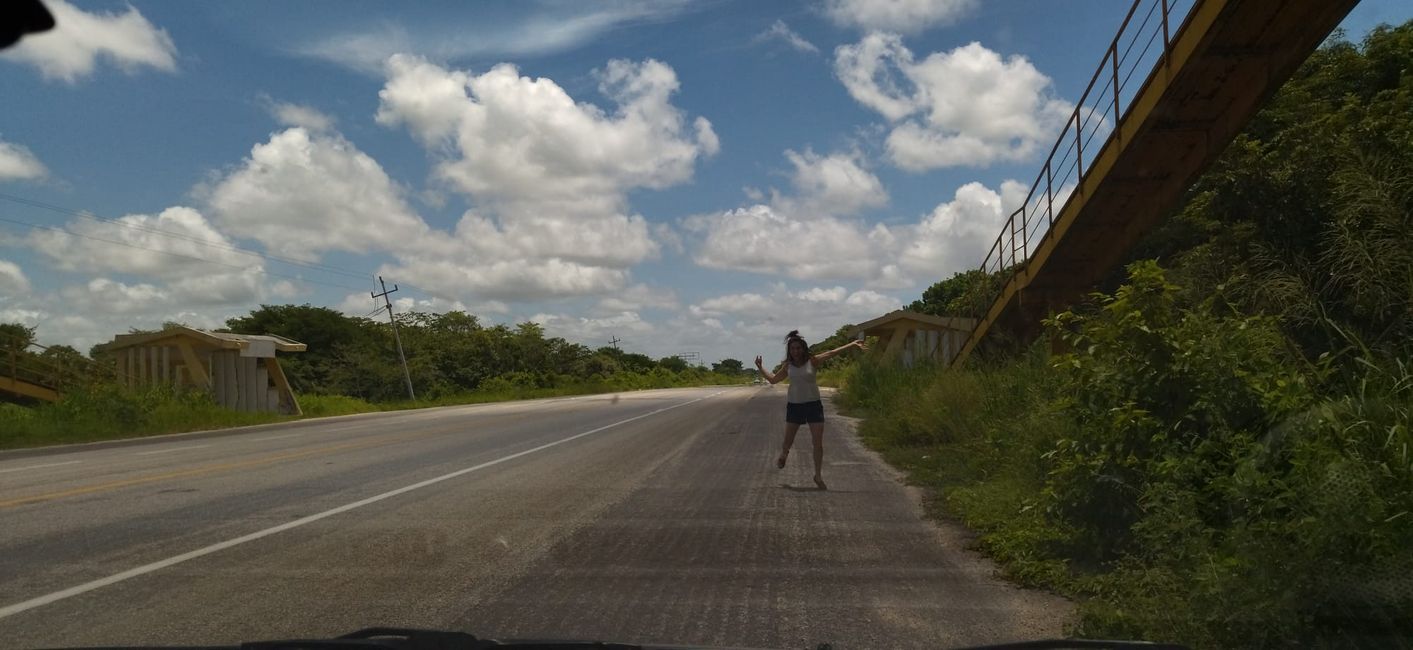
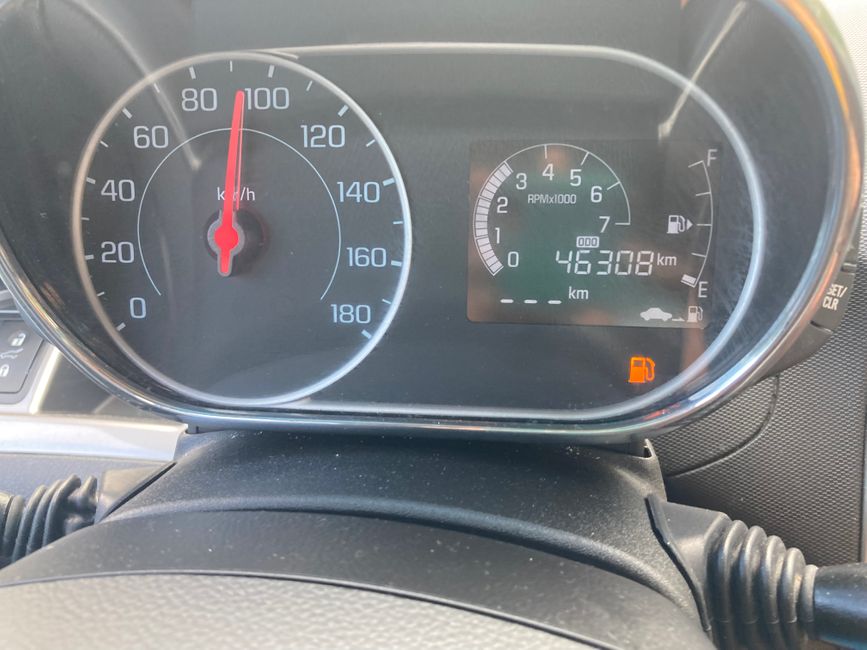

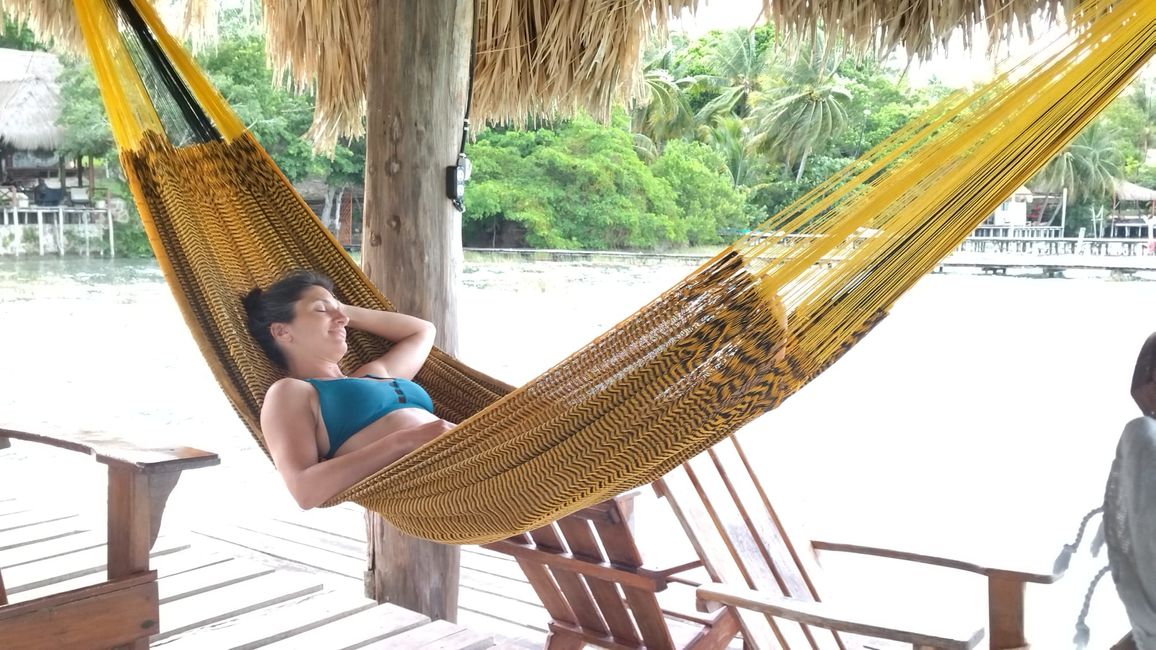
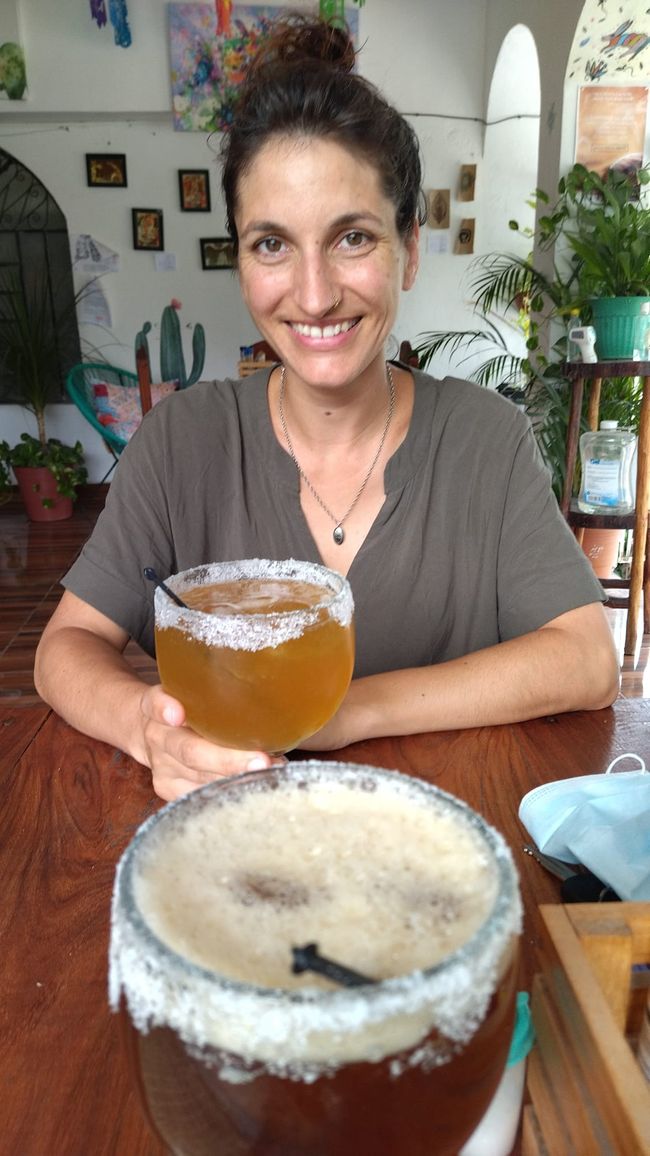
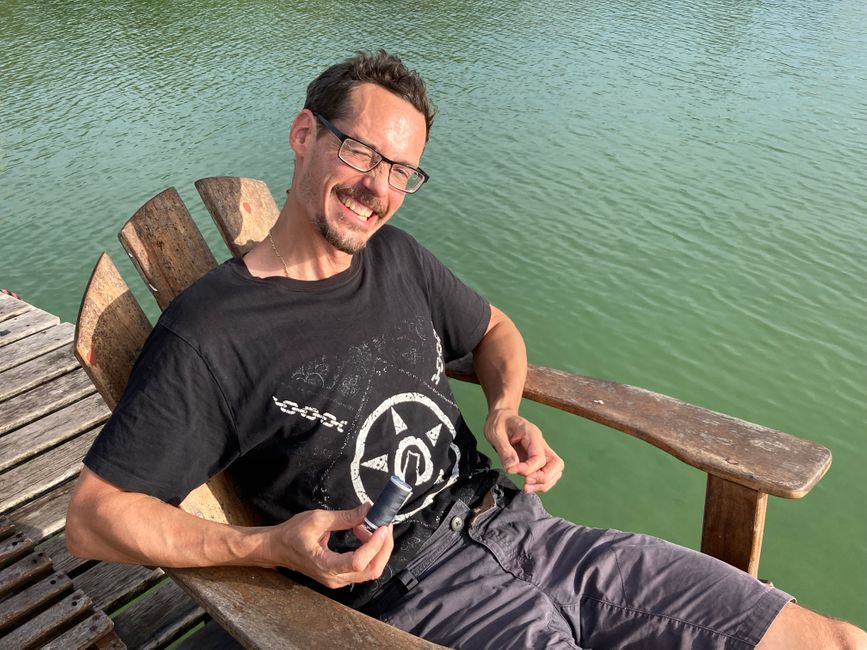
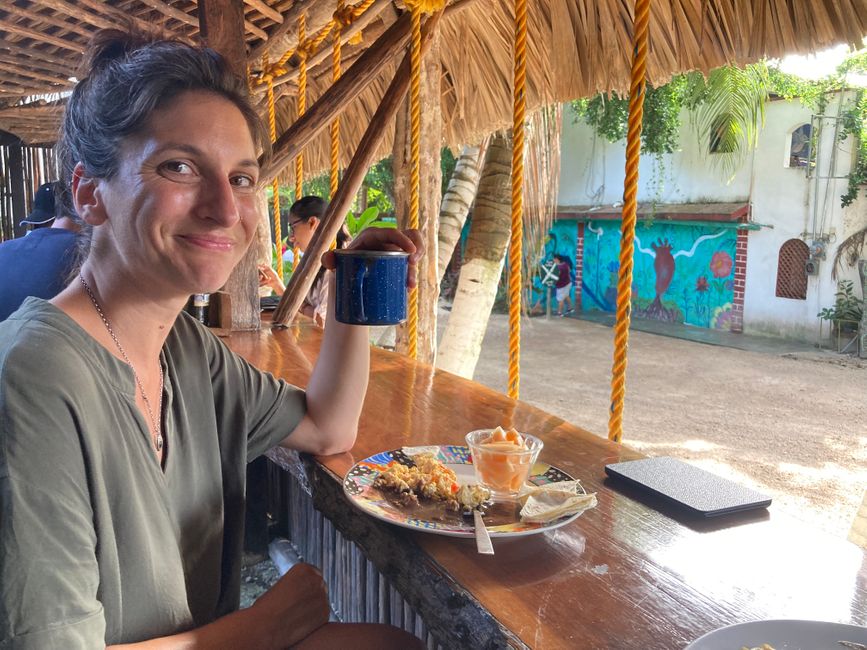
Wɔ Nudɔdɔ na Nyadzɔdzɔgbalẽ
29.7. – 31.7. Calakmul
We enjoy a Jarra de Pina y Chaya and a yogurt with fruits and granola before we embark on the approximately 4-hour journey to Calakmul. We make good progress and arrive for a late lunch in Cohunas, then head to the Cabanas Jaax Che in the middle of the jungle. After 700m of a challenging forest road, we see a few old, somewhat run-down huts in front of us, and behind them, some palapas with tents where we will spend two nights. Fernando and Letizia have been running this camp for 21 years, and it looks about as old as that, when something has been exposed to the weather and humid climate and hasn't been invested in much since then. They have three dogs, seven cats, a family of monkeys in the trees (beware of peeing and pooping monkeys!), and manage it all together, even though Fernando is already somewhat in retirement age. Since their children moved to the city, they have been waiting for things to come, such as the Tren Maya, a huge tourism project with an attached airport for another 4 million tourists annually. Letizia cooks wonderful dishes on the fire in her improvised kitchen by the roadside to the ruins, so that at least a few guests come to her for a meal. Her Rollitos de Chaya and the Habanero sauce are a culinary delight. Canela, the half-year-old dog, is very sweet and begs like all dogs in Mexico, decently for a treat.
Since we didn't have our gasoline and cash supplies sufficiently under control, we end up in the middle of the Calakmul Biosphere Reserve with a frightening 220km remaining mileage and 560 pesos (about 29 CHF). Thanks to Amelia's postcard and a limited internet connection, we can pay Fernando for the accommodation, all meals, and his guidance in the ruined city via bank transfer. This should also cover the other expenses that we must definitely pay in cash until we can raid the next ATM. The total distance we would still have to drive to the next gas station according to our planning is 200km, and Fernando encourages us to trust the display in the car, that it's definitely enough, our car is "economical" after all. Somewhat unsure, we rely on Fernando's word and save ourselves the detour of 110km to refuel.
In the evening, we drive to the Volcano de Murcielagos to watch 2-4 million bats leaving their cave for food hunting. We are about 20 people who pay 75 pesos for this spectacle and are not disappointed: thousands of bats rise up from the chimney like a tornado and spiral upwards. They also fly between us and then form a stream over the trees towards the sunset. After half an hour of continuous flow of bats, it slowly becomes too dark, and we make our way to the Acampamento for the night. The jungle is deafeningly loud, especially because of the cicadas, which keep giving us a performance.
The rainwater for the morning shower is taken with a bowl from the plastic bucket, which is the only water source here. We meet Fernando for breakfast and together we drive the 60 kilometers to the temple complex. UNESCO has considered the area as the only one in Mexico that is both culturally and naturally valuable. On the way, we see peacocks and pheasants disappearing from the roadside into the thickets. This day is also full of animal sightings, such as various insects, howler monkeys, spider monkeys, or iguanas. Fernando is especially delighted with the feathered white-headed scavengers, which, according to him, show themselves much less often than, for example, the jaguar, which we do not see. The Calakmul ruins are highly recommended because all the pyramids can be climbed (hello sore muscles), and the integration into the jungle is simply magical. We actually expected something like this from Palenque. The panoramic view from the two highest structures is sensational. Rainforest in every direction as far as the eye can see. Together with other nature reserves in Guatemala, Belize, and Mexico, this is the second-largest contiguous rainforest conservation area on earth, after the Amazon. Simply wow! Fernando has been a guide here for 30 years and seems to know everything about nature and the Mayan remains.
After three eventful hours, we drive back and let the afternoon and evening come to an end at Letizia's restaurant. We can only muster the energy for a short walk to the aging observation tower. Kindly, Amelia removes all spider webs for me with her head and upper body, thank you. ;)
31.7. Laguna Bacalar
So, today we will find out if our gas poker works out... The display shows 76km, and we have to drive 64km. Everything seems to be going well until the display shows - - - and the gas symbol starts blinking. We are relieved that Fernando was right, and according to the fuel pump and a quick mental calculation, there are still about 3 liters of fuel in the tank. After that, we go to the center of Xpujil, where we want to get some cash. One ATM is out of order, and the other is not suitable for our cards. As it turns out later, there are three more in the mall, but they were not mentioned when asked. So we go to Kohunlich with the last 200 pesos, a Mayan city known for its Temple of the Masks. On the front, to the left and right of the stairs, you can admire these 2-meter-high faces of ancient rulers. We only get the change when leaving because even a 10 franc bill is usually difficult to change in Mexico. In Bacalar, we finally succeed with the third ATM, and we have cash again. We check into a great hostel on the Laguna Bacalar, with its own wooden pier and palapa with lounge chairs and a hammock. We still have to find out why the lagoon contains fresh water. Unfortunately, there are people (in this case, a Frenchman) who don't understand the thin walls of tent accommodations and watch movies on their phones late into the night. A firm word and a subsequent visit to the neighboring tent silence the phone. Mysteriously, Amelia suddenly finds 2000 pesos in a side pocket that would have wonderfully bridged our cash problems of the last few days...Squirrel behavior par excellence: hiding and never finding again. ;)
Wɔ Nudɔdɔ na Nyadzɔdzɔgbalẽ
Ŋuɖoɖo
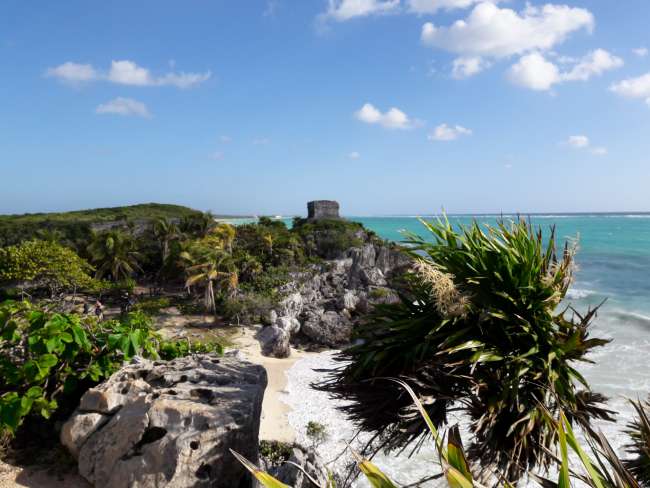
Mɔzɔzɔ ŋuti nyatakakawo Mexico
